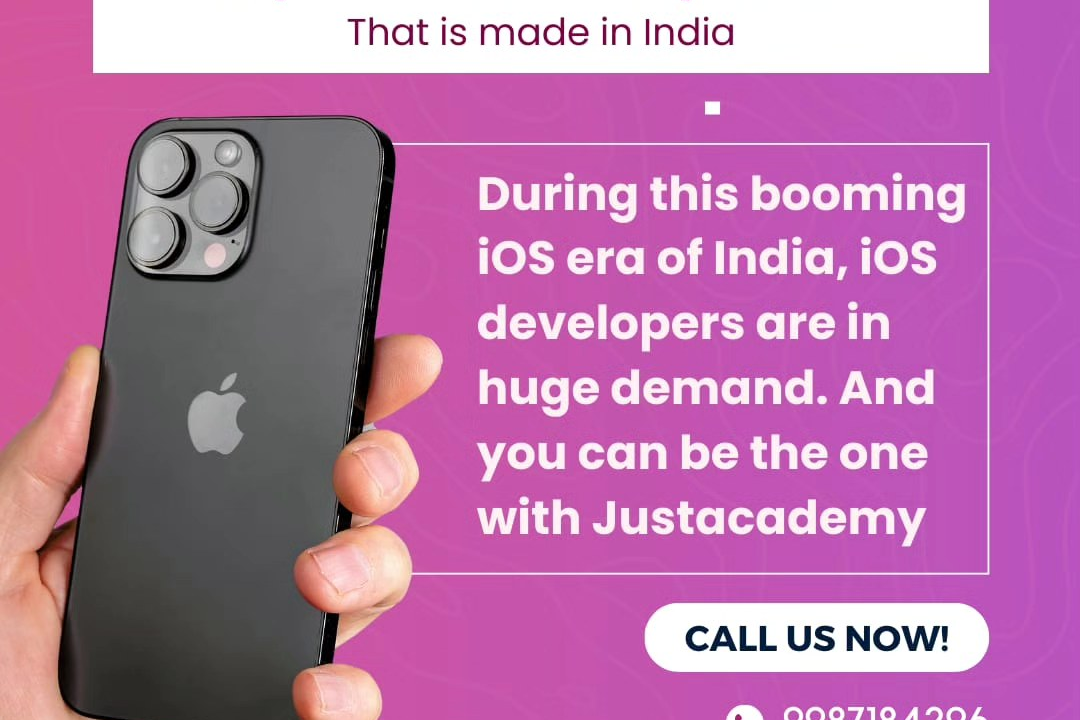Flutter with Rest Api
Building Flutter Applications with RESTful APIs
Flutter with Rest Api
Flutter is an open-source UI software development toolkit created by Google, which allows developers to build natively compiled applications for mobile, web, and desktop from a single codebase. When integrating Flutter with a REST API, developers can leverage HTTP packages, such as `http` or `dio`, to perform network requests to a server. This involves making GET, POST, PUT, or DELETE requests to retrieve or manipulate data over the network. Data received from the API is typically in JSON format, which can then be easily parsed into Dart objects using model classes. Flutter's reactive framework enables smooth updates to the UI based on the data fetched from the API, ensuring a responsive user experience. By implementing state management solutions like Provider, Bloc, or Riverpod, developers can efficiently manage the application’s state and UI in response to network calls, making Flutter a powerful choice for building data-driven applications that interact with RESTful services.
To Download Our Brochure: https://www.justacademy.co/download-brochure-for-free
Message us for more information: +91 9987184296
1 - Introduction to Flutter: Flutter is an open source UI toolkit developed by Google for building natively compiled applications for mobile, web, and desktop from a single codebase. It allows developers to create visually appealing and highly performant applications.
2) Understanding REST APIs: REST (Representational State Transfer) is an architectural style that uses standard HTTP methods (GET, POST, PUT, DELETE) to communicate with web services. In a Flutter app, REST APIs enable interaction with remote data sources.
3) Dart Programming Language: Flutter applications are written in Dart, a modern programming language that is easy to learn and powerful. Familiarity with Dart is crucial for utilizing Flutter effectively.
4) Asynchronous Programming: Since REST API calls are often asynchronous, students will learn how to use Future and async/await in Dart to handle non blocking operations, improving app responsiveness.
5) Making HTTP Requests: Flutter provides the `http` package, which allows developers to make network requests. Students will learn how to send GET, POST, PUT, and DELETE requests to communicate with REST APIs.
6) JSON Data Handling: REST APIs typically return data in JSON format. Students will understand how to parse JSON responses, and serialize and deserialize data to and from JSON in Flutter.
7) State Management: Managing state is key in Flutter apps. The training will cover various state management solutions like Provider, Riverpod, or Bloc to handle data fetched from REST APIs and maintain UI consistency.
8) Building User Interfaces: Participants will learn how to create dynamic user interfaces that can display data retrieved from APIs, including lists and detail views, using Flutter's widget system.
9) Error Handling: When dealing with network requests, errors may occur. The training will emphasize best practices for error handling and ensuring a smooth user experience, such as displaying error messages or retry options.
10) Authentication and Authorization: Many APIs require user authentication. Students will learn how to implement login functionality, manage tokens, and secure API requests using authentication methods like OAuth.
11) Debugging and Testing API Interactions: The program will teach students how to effectively debug API related issues and write tests to ensure their API interactions work as intended using Flutter testing frameworks.
12) Using Third Party Packages: Flutter has a rich ecosystem of packages available on Pub.dev. Students will learn how to incorporate useful libraries for making API requests, handling JSON, and adding advanced functionalities.
13) Implementing Pagination: With large datasets, pagination is essential. The training will cover strategies for loading data in chunks and implementing infinite scroll in lists to enhance performance and user experience.
14) Building Responsive UIs: Students will learn how to create responsive layouts that adapt to different screen sizes and orientations, improving usability on various devices.
15) Deployment and Publishing: Finally, the training will guide students through the process of deploying their Flutter applications, whether to web, iOS, or Android, and how to publish their apps to app stores.
Each of these points provides a solid foundation for understanding how to develop Flutter applications that interact with REST APIs, ensuring students are well equipped to build modern applications.
Browse our course links : https://www.justacademy.co/all-courses
To Join our FREE DEMO Session: Click Here
Contact Us for more info:
ALTERYX DATA ANALYSIS
c# vs java
Flutter Community Networking Initiatives
Android Course Structure Saharanpur
Kotlin Courses Hooghly











